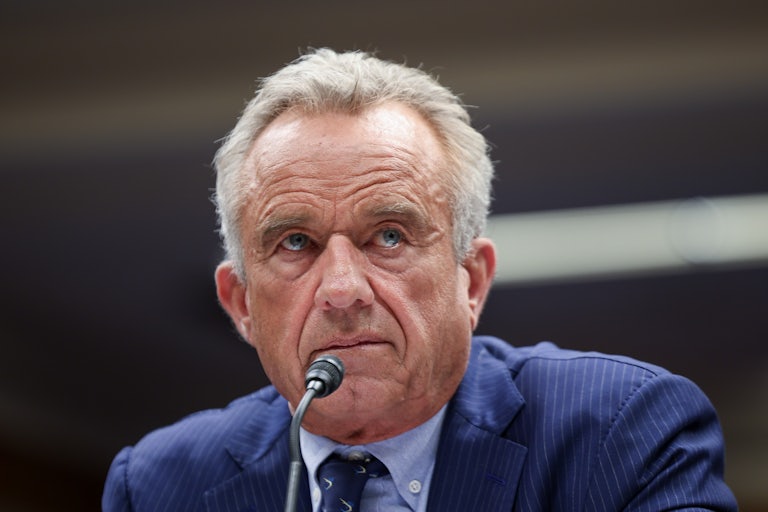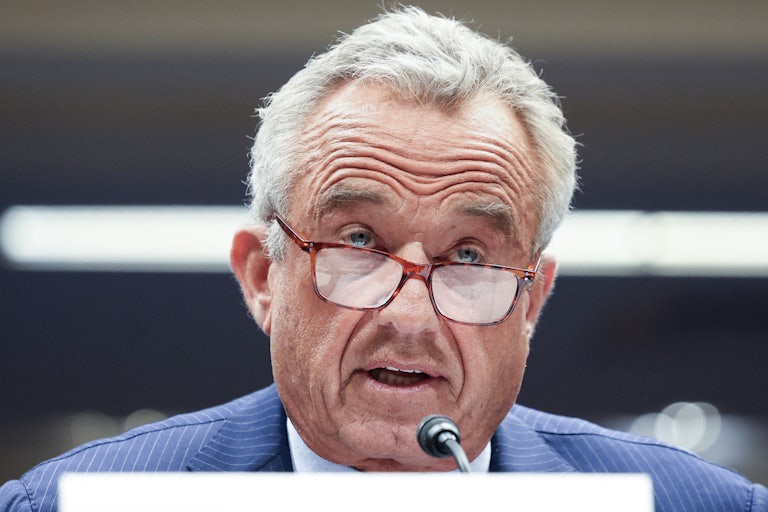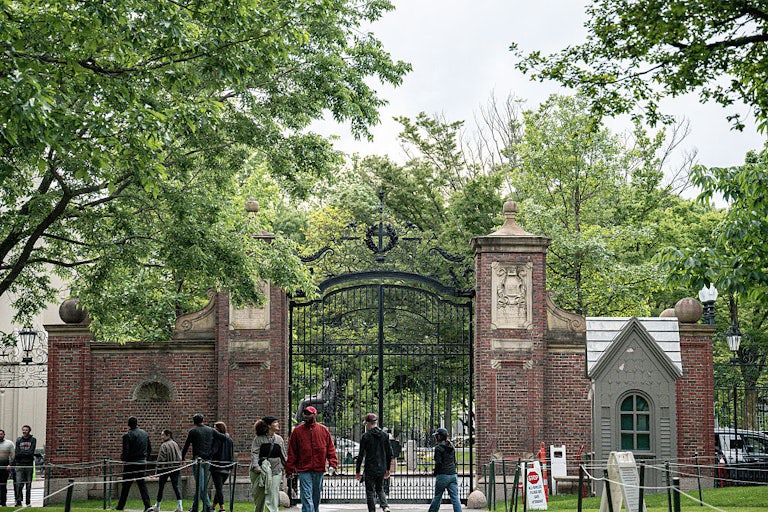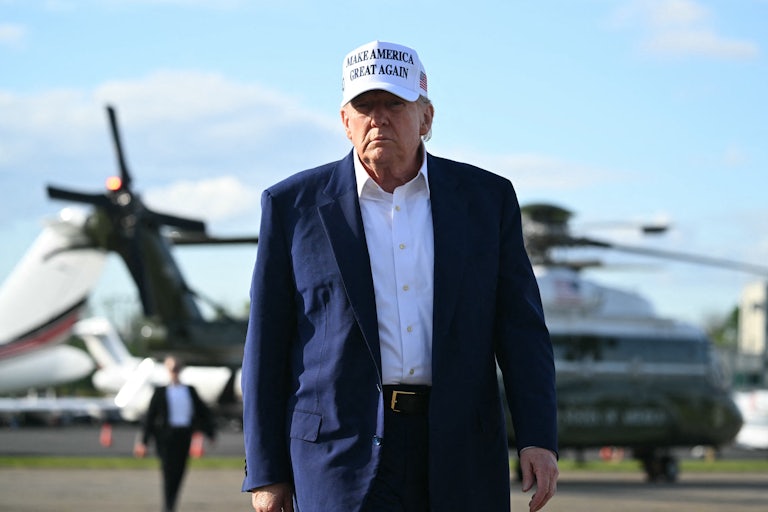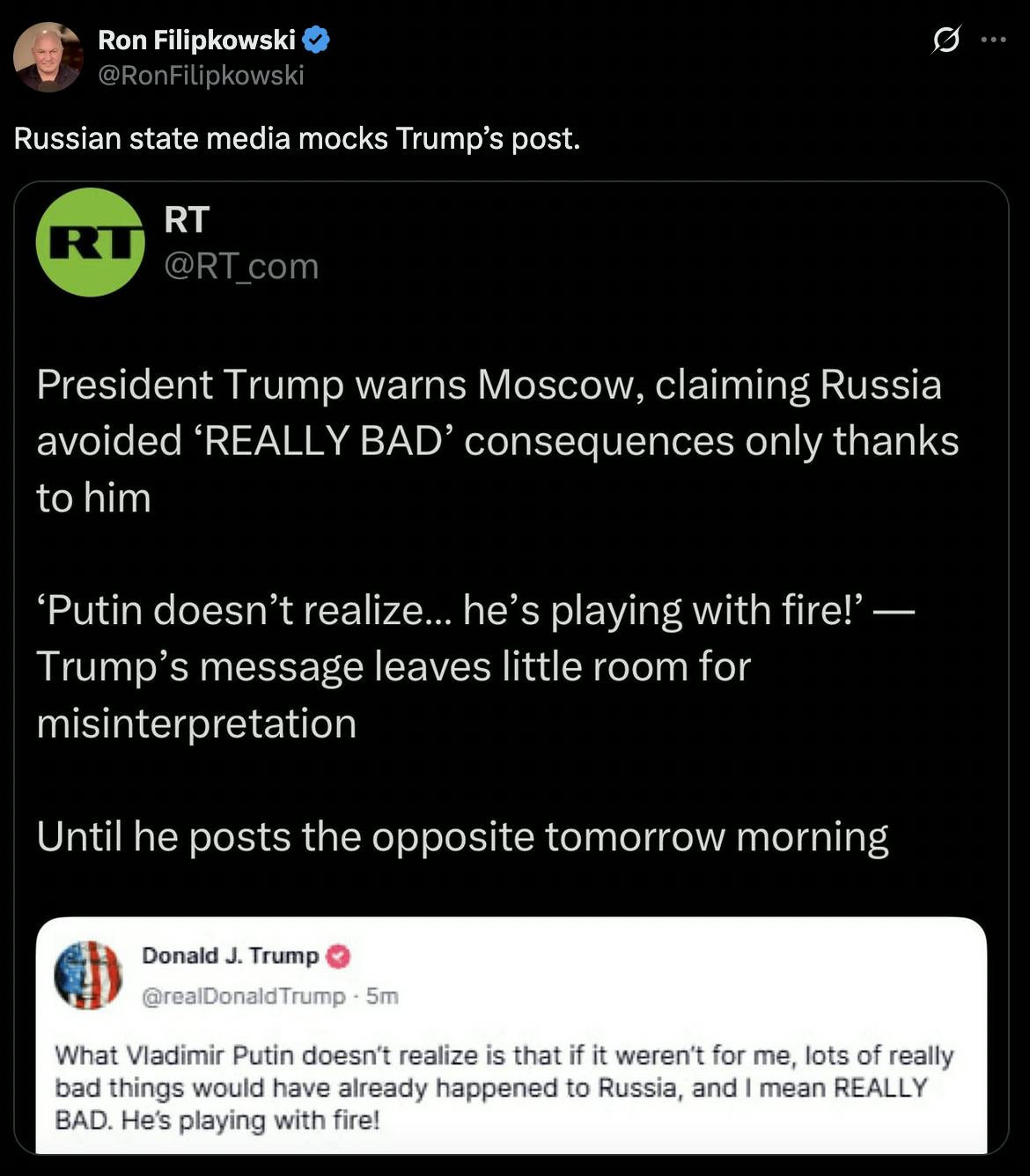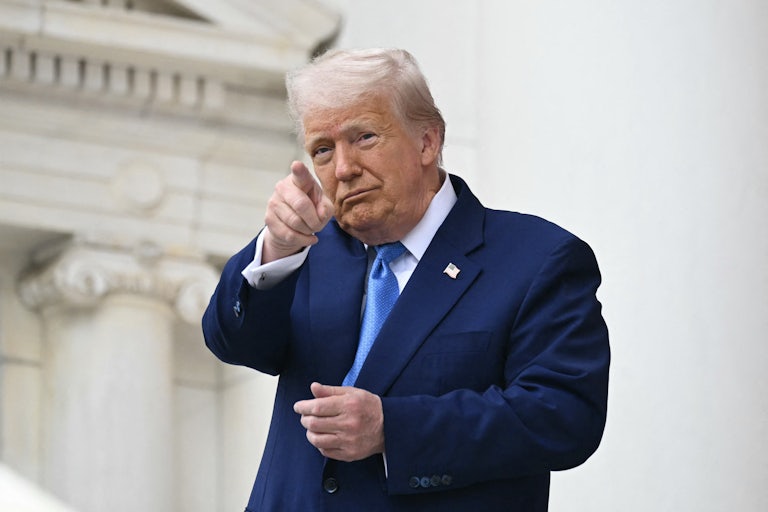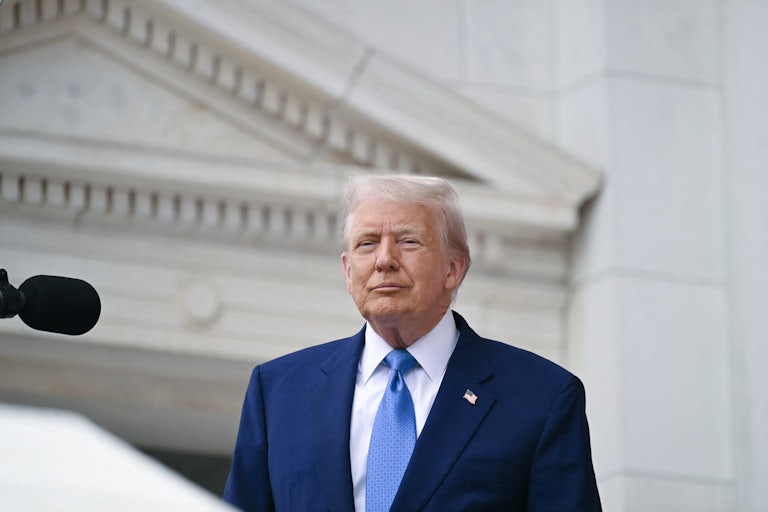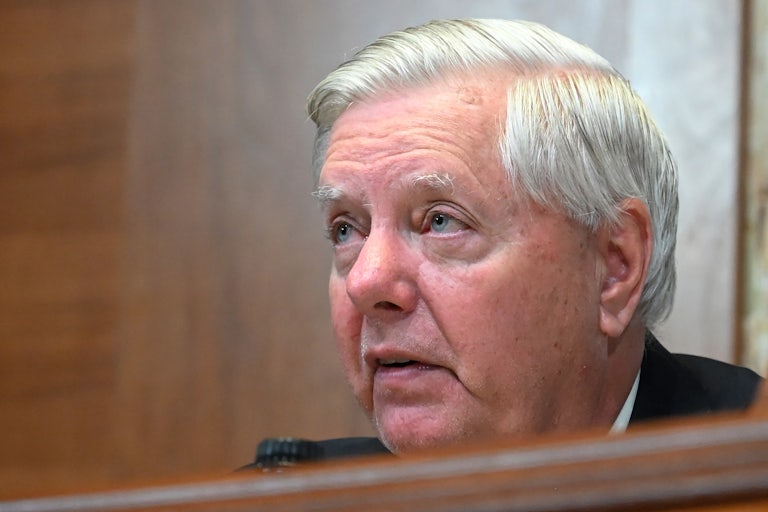How Trump Plans to Avoid a Potential Third Impeachment
Donald Trump is scrambling to keep Republicans in power.
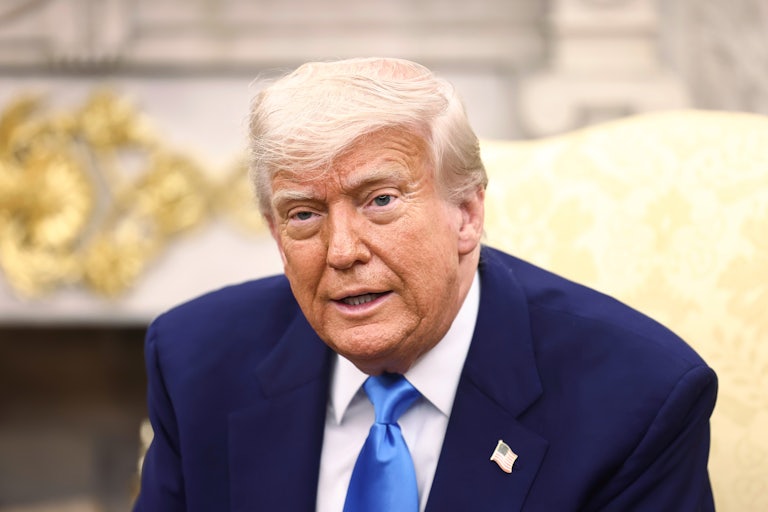
Donald Trump has a five-step plan to keep Republican control of the House of Representatives in 2026, as part of a desperate bid to stave off yet another impeachment inquiry, Axios reported Tuesday.
There is no shortage of potential subjects for an impeachment inquiry. Trump has openly profited from his seat, and helped his allies get rich too—whether by manipulating the market or by turning administration officials into salespeople. Not to mention, he claims to have accepted a massive gift from a foreign government, likely violating the U.S. Constitution. Suffice it to say, Trump needs to keep the Democrats out of power.
Trump “knows the stakes firsthand. He saw what can happen. It’s clear he doesn’t want that again,” Matt Gorman, a top official for House Republicans’ campaign arm in the 2018 midterms, told Axios.
“Investigations, impeachment—he knows it’s all on the table with a Speaker [Hakeem] Jeffries.”
In an effort to maintain a GOP-led House, the president will try to prevent lawmakers from leaving their seats, either to retire or to run for another office. Any defections could hurt the party’s chances of retaining the seats and cost millions of dollars—which could hurt them come the next general election.
Earlier this month, Trump endorsed New York Representative Mike Lawler to keep his seat, despite the congressman’s ambitions to run for governor. Last week, during a contentious meeting with Republicans to secure the passage of the president’s “big beautiful bill,” Lawler had fought to restore state and local tax, or SALT, deductions—in part, to boost his viability as a candidate statewide—but failed. Trump told him to forget the SALT, warning, “I know your district better than you do. If you lose because of SALT, you were going to lose anyway.”
The Trump team is already concerned over the defections of Michigan Representative John James, who has opted to run for governor, and Kentucky Representative Andy Barr, who is leaving his seat to run for Senate.
In that same vein, an essential part of Trump’s plan involves shutting down primary challenges. If the president endorses vulnerable Republicans in the early stages of their races, it could potentially ward off challengers. Over the weekend, Trump made posts endorsing New York Representative Andrew Garbarino and Montana Representative Troy Downing. Although Downing handily defeated his Democratic challenger, he’d also had to defeat eight Republican challengers in the primary.
The next two steps of Trump’s plan are to raise big and spend big. The president has proven to be the GOP’s most effective fundraiser, raising more than $35 million for the cowardly National Republican Congressional Committee at a dinner in April. More events like these are sure to fill the party’s coffers ahead of the midterm elections.
Additionally, Trump’s political operation already has about half a million dollars ready to spend on future elections, and has launched a massive ad campaign backing the president’s tax plan, which will cost an estimated $5.3 trillion over the next decade.
Finally, the president will get hands-on with his recruitment. Gorman explained that the president would act as a “closer,” bringing in candidates to run in swing districts.
